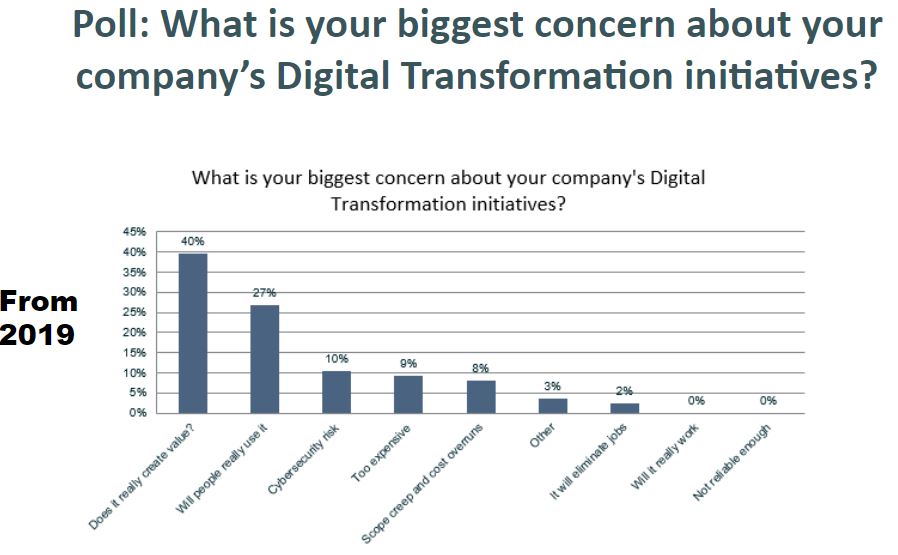Digital Twin, wireless devices, and wearables are among the most useful technology for the industry during the covid-19 challenging times, experts agreed last Tuesday, during the Chemical Industry Forum which took place on Emerson’s Exchange Virtual Series.
“We have used a lot of the Digital Twin technology, wireless and wearables. When you have experts on central locations, and you have people in the field, and they need real-time support, these devices help us a lot,” said Jesus Flores-Cerrillo, Associate Director of OT Development of Linde.
To which Gavin Tennant, Sr. Instrumentation and Control engineer at Shell’s Pennsylvania Chemical Project, agreed to say: “we had to shut down the project, and then slowly came back online with all the expected procedures. As we started, we had a very small population in the plant. That’s when these kinds of solutions took a pivotal place for us.”
As they talked about digital transformation efforts on their respective companies, Laura Coffey, Process Manager at Celanese and Bob Bishop, Sr. ICS Administrator at Eastman, all agreed that the transition to digital happens in phases.
Continuous augmentation of digital solutions has been the main priority for their companies, they said. While the covid-19 pandemic hasn’t down warded digital investments, the acceleration of the digital implementations has them on a challenge.
Recommended for you: Digital Twins and investments for the future – Emerson


Digital Twin, drones, and wireless networks
“Simple things like Microsoft Teams of live conference tools were already there, and we were planning to implement them, but as soon as the covid outbreak started, we had to go full speed towards these solutions. Things like drone flights over the assets became a necessity overnight,” Tennant said.
About the drones, Shell’s engineer commented that it’s a tool for inspections in assets. “We give some coordinates remotely, and then the drones go there and fly over the installments and we can inspect them without any risk.”
Bob Bishop commented that, on Eastman, the technology most used is wireless networks. “We had to do a lot of instrumentations with wireless networks. Remote monitoring is big too, but the thing in which we are working now to get up and running is data analysis.”


All panelists agreed that tools like these help their companies to achieve specific goals of production without compromising their personnel. Predictive maintenance, they said, is a big part of some of their companies’ plans.
“We had shortages of the people who did the preventive maintenance, so we have to boost big our predictive maintenance technology to not compromise our assets or our safety personnel procedures,” Bob Bishop commented.
Finally, through a poll, panelists agreed that the biggest impact of all these technological initiatives on their companies is value creation. As the commercial and social environment demands more and more control of the data, technological solutions such as digital twins add value to any productive endeavor, they concluded.


